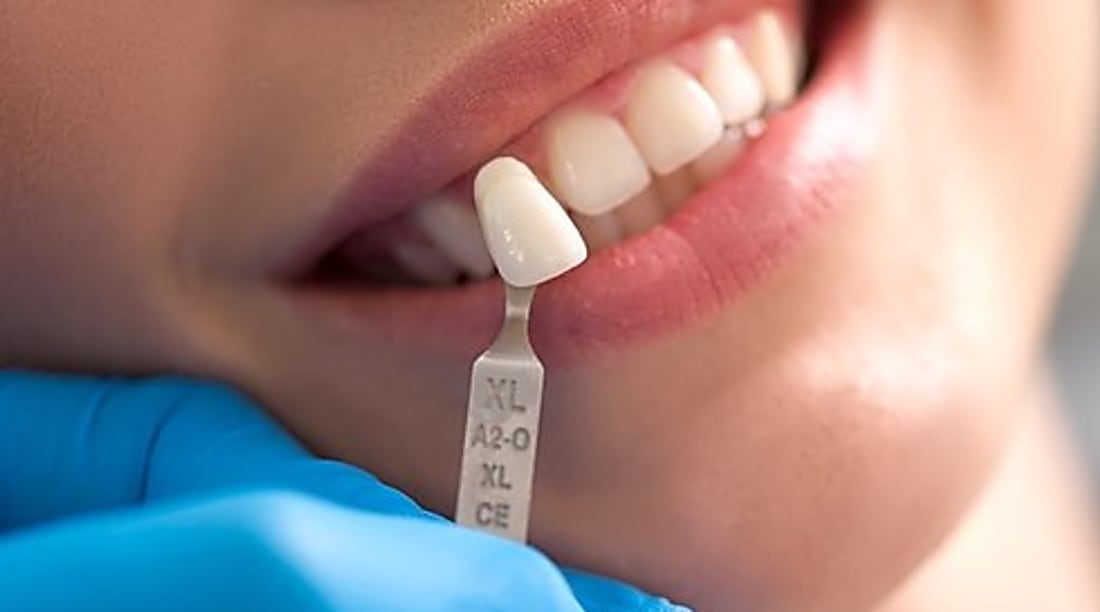Modern Dentures: Options for a Natural, Confident Smile
Missing teeth don’t have to mean losing your confidence. This guide explains traditional dentures and newer choices—like invisible (clear) dentures and flexible alternatives—so you can weigh comfort, appearance, maintenance, and cost. Learn how each option is made, cared for, and what to expect financially before you decide.

Losing teeth can affect how you eat, speak, and feel about your smile. Dentures remain a common and effective solution, but modern materials and techniques have broadened the choices. Below is a practical overview of how traditional dentures are created and fitted, the appeal of invisible dentures, what sets flexible dentures apart, care recommendations, and typical costs to help you choose the right path.
How are traditional dentures made and fitted?
The process of obtaining conventional dentures usually involves several coordinated steps between you and your dentist. First, the clinician takes detailed impressions of your mouth and records jaw relationships and bite measurements. These records are forwarded to a dental laboratory, where technicians fabricate the denture.
Most denture bases are constructed from acrylic resin or sometimes a metal framework for partial appliances. The replacement teeth are produced from porcelain or acrylic and are arranged on the base to mimic natural tooth alignment and bite. Before final delivery, try-ins may be scheduled so your dentist can assess fit, bite, and cosmetic appearance. Once the final prosthesis is inserted, adjustments are often needed over the first few weeks as soft tissues adapt. Mild soreness or increased saliva is common initially, and follow-up visits are important for trimming pressure points and ensuring the appliance functions comfortably over time.
Benefits of invisible (clear) dentures
Invisible or clear dentures are designed to be less noticeable than traditional options. They’re typically made from a translucent acrylic that better matches the color and texture of natural gum tissue, which helps the denture blend in with your mouth. The artificial teeth used with these bases are often shaded and shaped with subtle variations to create a more lifelike appearance.
People who are self-conscious about wearing a removable prosthesis often prefer this option because it reduces the visual “giveaway” of traditional acrylic or metal clasps. While clear dentures can cost more than standard models, many users find the improved aesthetics and self-confidence outweigh the added expense.
What makes flexible dentures different?
Flexible dentures use a thin, pliable thermoplastic material that responds to body heat and contours. This flexibility provides a different patient experience compared with rigid acrylic or metal-based dentures:
- Improved comfort: The soft, adaptable material conforms to the mouth’s shape, often causing fewer sore spots.
- Better retention: Flexible frameworks can clasp remaining natural teeth without bulky metal clasps, providing a more secure fit and a smoother appearance.
- Durability: The resilient plastic is less prone to cracking or chipping if dropped.
- Natural look: The translucent material commonly blends with gum tissue for a subtler profile.
Despite these advantages, flexible dentures are not universally appropriate. They may be harder to adjust, sometimes thicker in places, and not suitable for every oral situation. A dentist can evaluate whether a flexible design meets your functional and health requirements.
Denture care and maintenance
Proper daily care keeps dentures hygienic and extends their service life. Key practices include:
- Clean daily: Use a soft-bristled brush and a non-abrasive denture cleaner to remove food debris and plaque. Avoid standard toothpaste, which can be abrasive.
- Soak overnight: Most dentures should remain moist to preserve their shape. Soak them in plain water or a mild denture-soaking solution as recommended by your dentist.
- Handle carefully: When cleaning or handling dentures, do so over a folded towel or a basin of water to reduce breakage risk if dropped.
- Regular dental visits: Routine exams let your dentist professionally clean the appliance, check for fit changes, and examine oral tissues for irritation or disease.
- Avoid hot water: Hot liquids can warp denture materials, so clean and soak with cool or lukewarm water.
Following these steps helps prevent bad breath, gum inflammation, and the need for premature replacements.
How much do different types of dentures cost?
| Type of Denture | Average Cost Range | Key Features |
|---|---|---|
| Traditional Full Dentures | $1,000 - $3,000 per arch | Standard removable solution |
| Partial Dentures | $700 - $1,800 | Replaces several missing teeth |
| Invisible (Clear) Dentures | $2,000 - $4,000 per arch | More natural gum-like appearance |
| Flexible Dentures | $1,500 - $3,000 per arch | Comfortable, resilient material |
| Implant-Supported Dentures | $15,000 - $30,000 per arch | Highest stability and longevity |
Prices shown are estimates and can vary by provider, location, materials, and complexity. Check with your dental office and insurer for up-to-date pricing and coverage details.
Insurance plans sometimes cover part of denture treatment, and many practices offer financing or payment plans to spread costs. While some options have a higher upfront price—particularly implant-supported prosthetics—they may deliver greater long-term value through reduced adjustments and improved function.
Making the right choice
Selecting a denture type depends on your oral health, budget, cosmetic priorities, and lifestyle. Traditional dentures remain a reliable and cost-effective choice. Invisible dentures appeal to those prioritizing aesthetics, while flexible dentures suit patients seeking enhanced comfort and fewer visible clasps. Implant-supported options provide the most stable replacement but require surgical placement and higher investment.
Discuss expectations, medical and dental history, and lifestyle needs with your dentist. Try-on appointments or digital simulations can help you visualize outcomes before committing.
This article is for informational purposes only and should not be considered medical advice. Please consult a qualified healthcare professional for personalized guidance and treatment.






